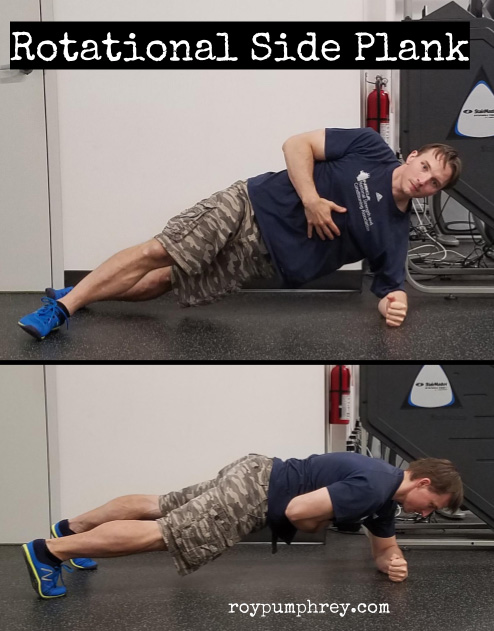
Obliques, Might be the most Important Core Muscle.
But then again, that’s kinda like saying,
“If you can only do one exercises which would you do?”
Well, I can do ALL exercises, so how’s about’s I just choose the one that best fits the job at hand. Thanks..
Cause really all core muscles are VERY important.
But obliques,
“Tie the ribcage to the hips” – Kelly Starett.
Wait, But What?
Think about it.
Here’s the functional description of the obliques:
The external and internal oblique muscles rotate and side bend the trunk. These muscles also contribute to spinal stability…….Acting alone, the external oblique can flex the trunk, side bend the torso toward the same side (i.e., the side of the contracting muscle), and rotate the trunk toward the opposite side……. The internal oblique also functions to provide spine stability, and it flexes and rotates the trunk toward the same side – Core Assessment and Training
Then look at Obliques:
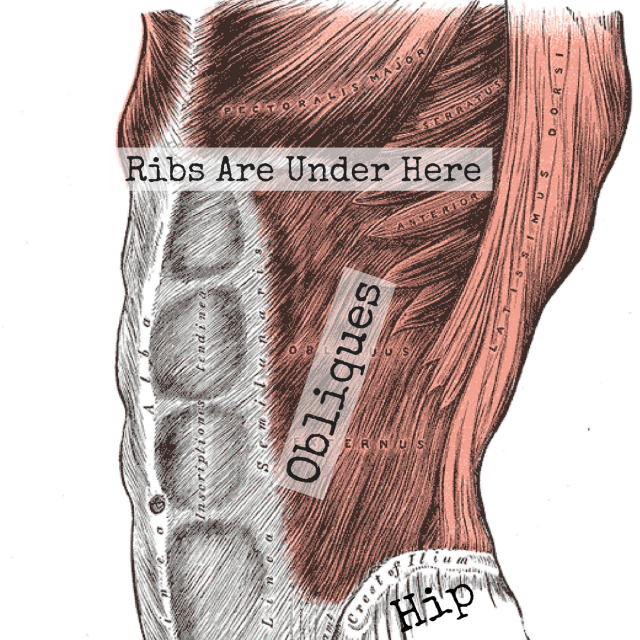
Obliques literally connect, uninterrupted, the ribcage to the hips.
And since we know:
- We’re supposed to rotate through the hips and thoracic spine NOT the lumbar spine.
- The core is primarily about stopping motion, NOT creating motion.
A muscle has to act as the primary transducer for the force that comes from the hips and ribs traveling through the body.
OBLIQUES
“These muscles (core muscles), especially the internal and external obliques, help transfer forces along the kinetic chain from the lower extremities to the upper extremities.” – Epidemiology and Impact of Abdominal Oblique Injuries in Major and Minor League Baseball
*Don’t get me wrong, there are other “core”, well all, core muscles play a role in the transfer of force. But we’re going BIG(ish) picture here and trying not to get into the hair-splitting.
Side Planks:
Are super awesome, and pretty easy to do.
But where do you go from there?
Like all exercises, they eventually need to be progressed.
Do they really train the anti “rotational” aspect?
Not where the lumbar spine rotates, but instead creates super stiffness while the hip rotates.
Rotational Side Plank:
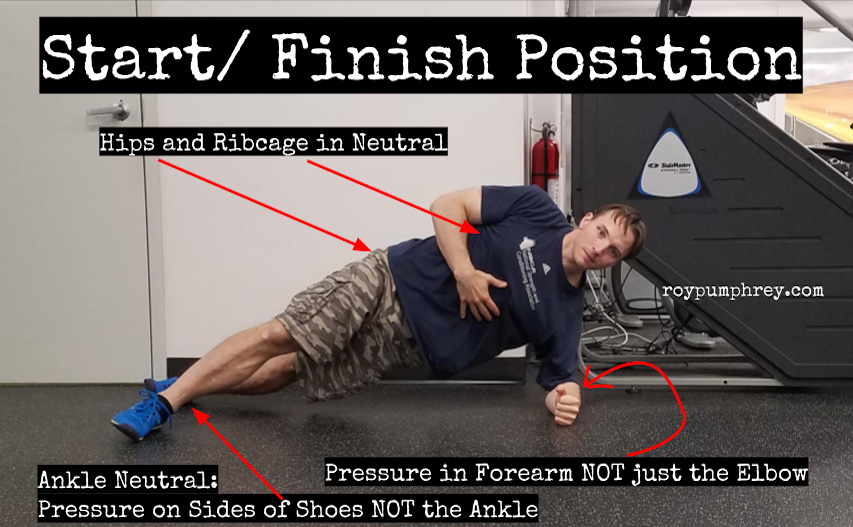
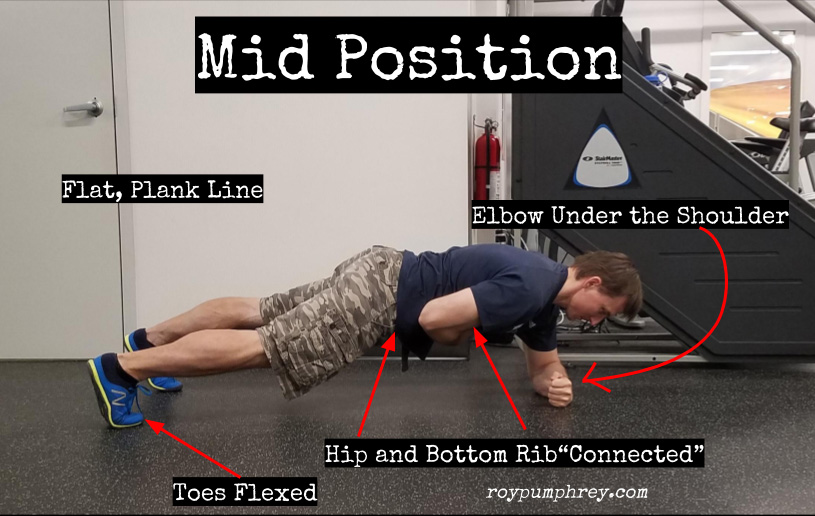
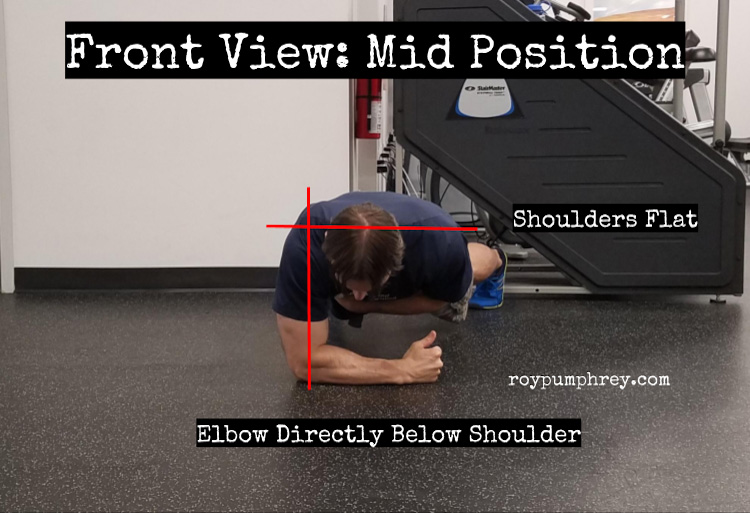
Checklist:
- Start in a McGill Side Plank (Get tight)
- Smoothly rotate through the hips and shoulder
- Get to a FLAT “front” plank at the middle position.
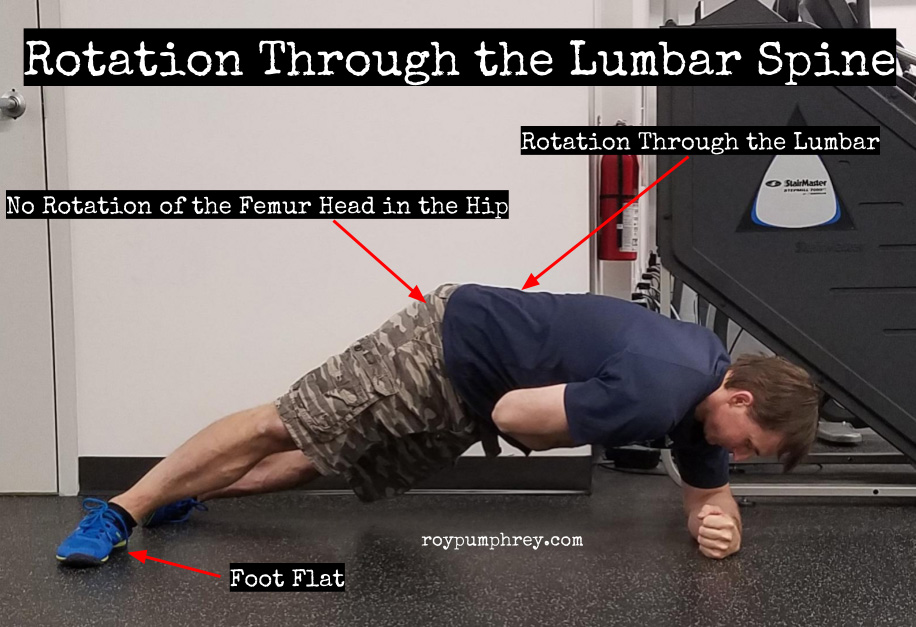
Bro Tips:
- Flex the ankles HARD and actively keep them stiff the whole time
- Don’t be afraid to fidget your toes to have a good hip position. It’s almost impossible to not have the feet move/ slide slightly while performing these.
Hey Kids, before we get into this; the Rotational Side Plank is a VERY ADVANCED movement.
As in, it’s a real beotch.
If anything else, EXCEPT for the head of the femur in the hip-joint or the head of the humerus in the shoulder joint rotates, its wrong.
Don’t be wrong.



[…] All that Anti- Rotation work we walk about? […]